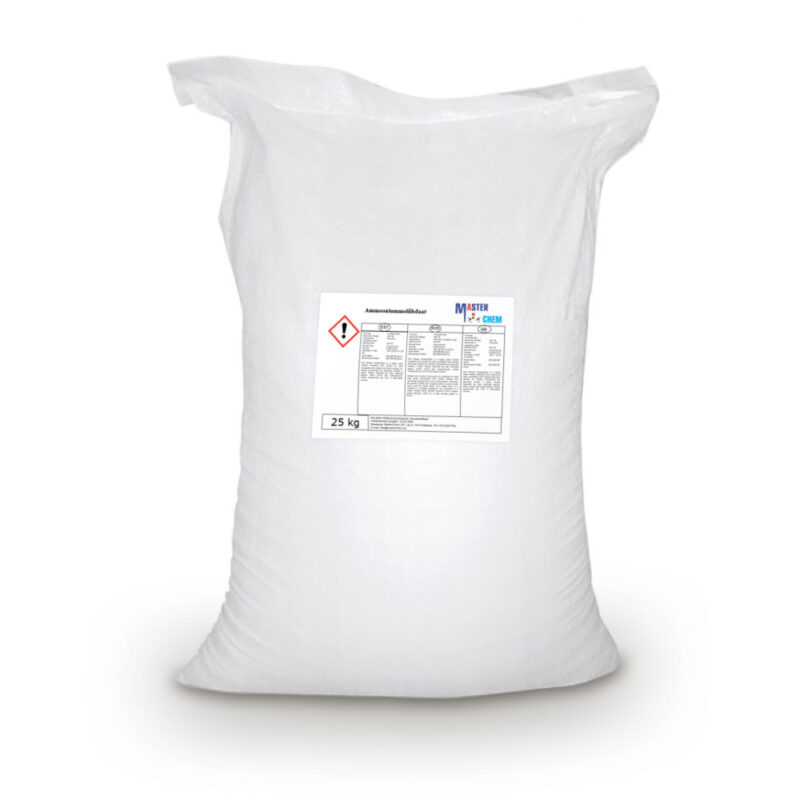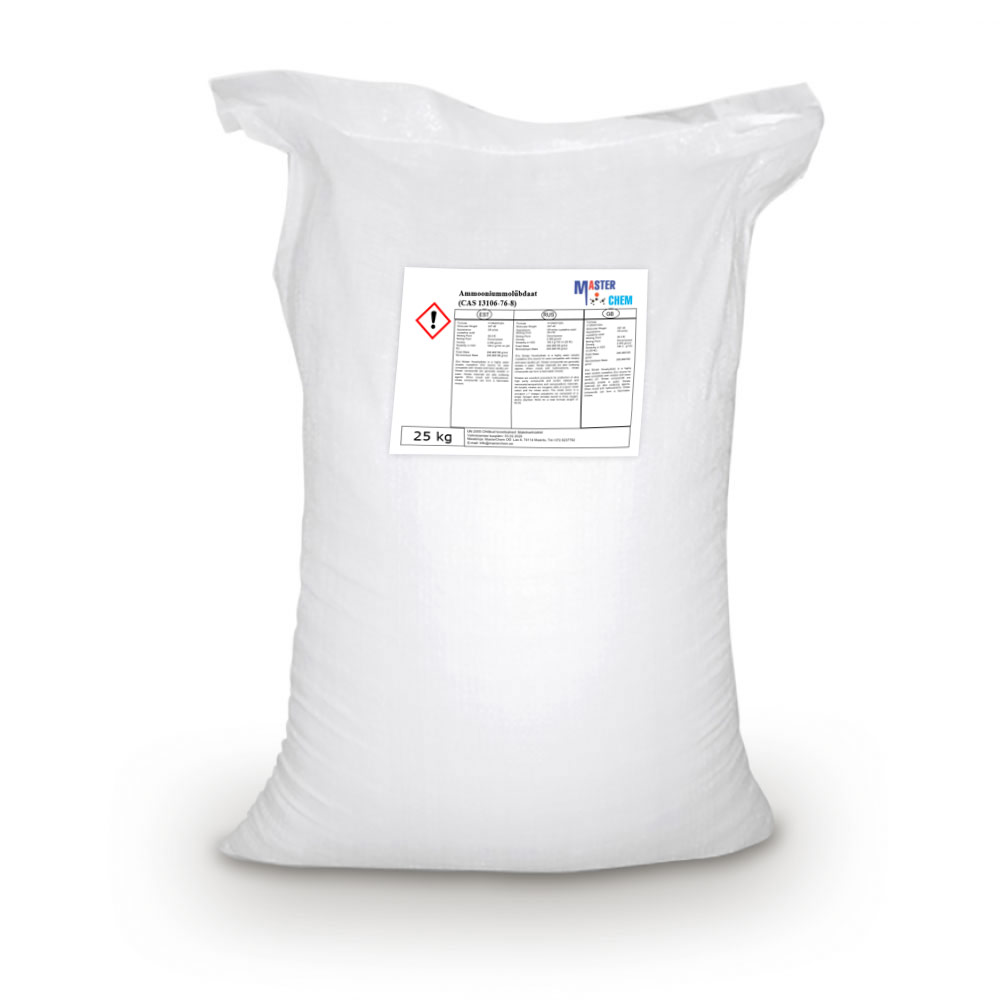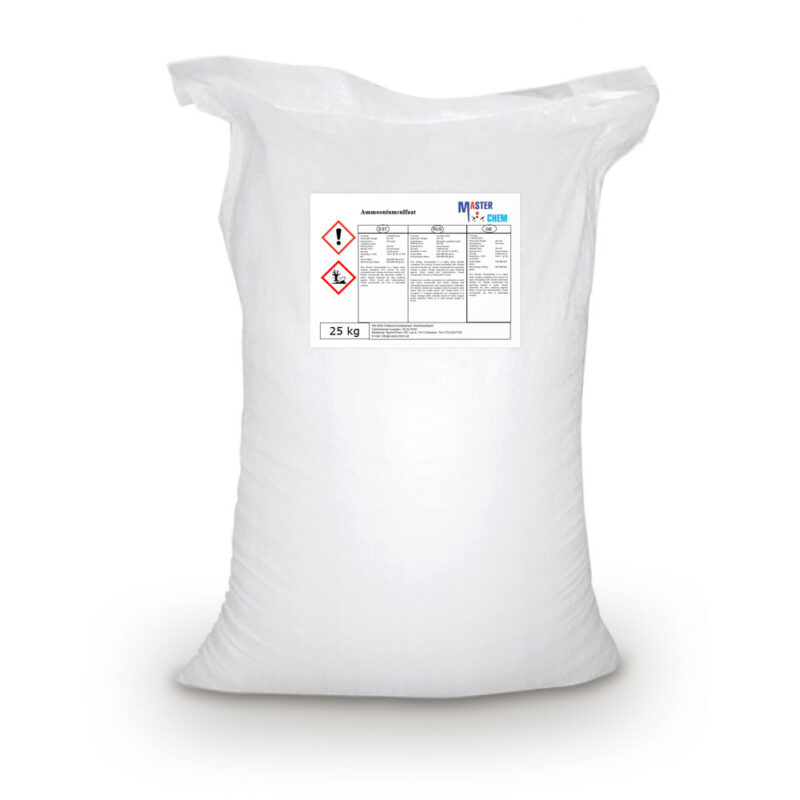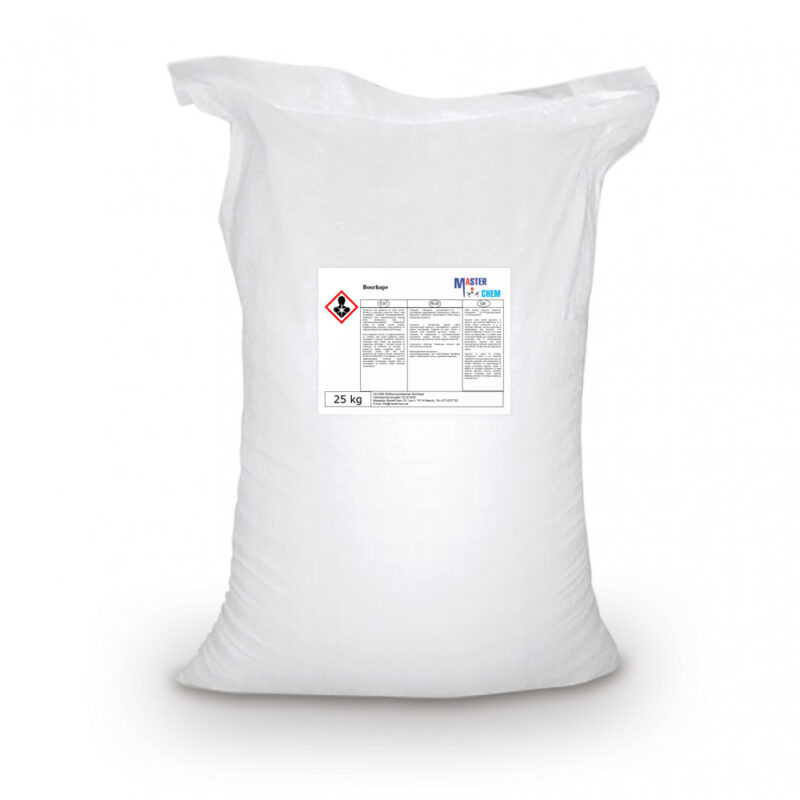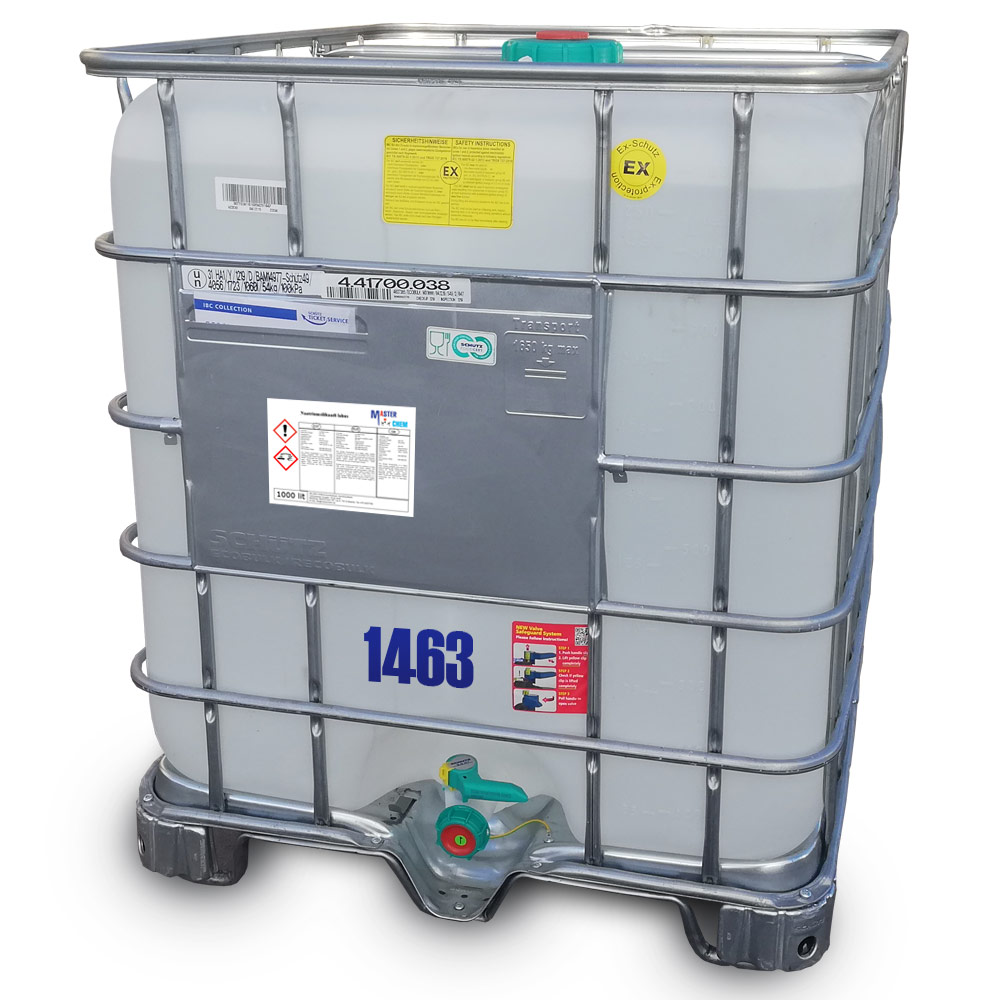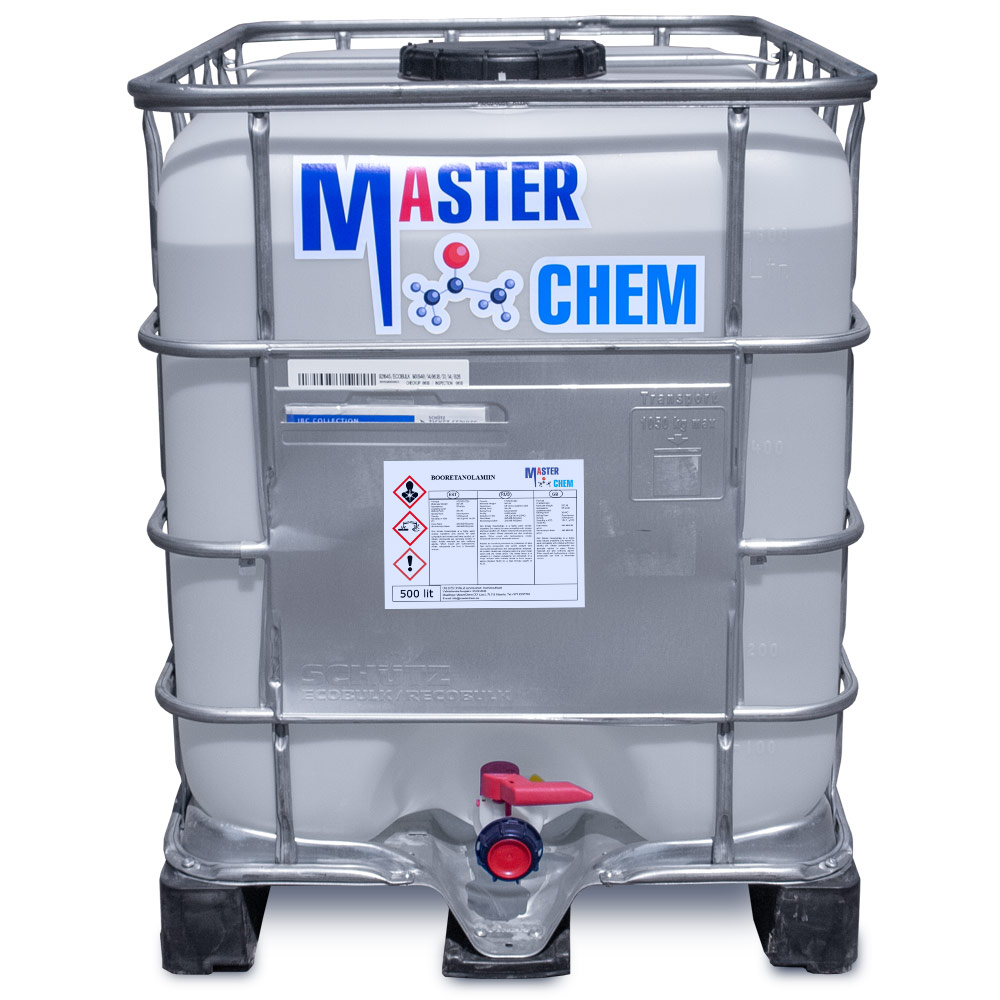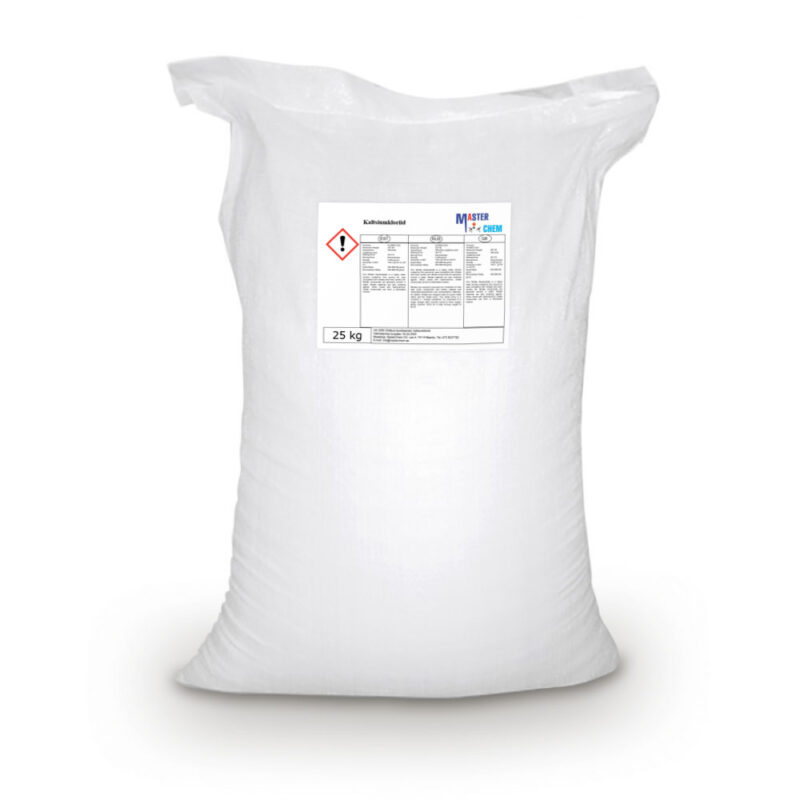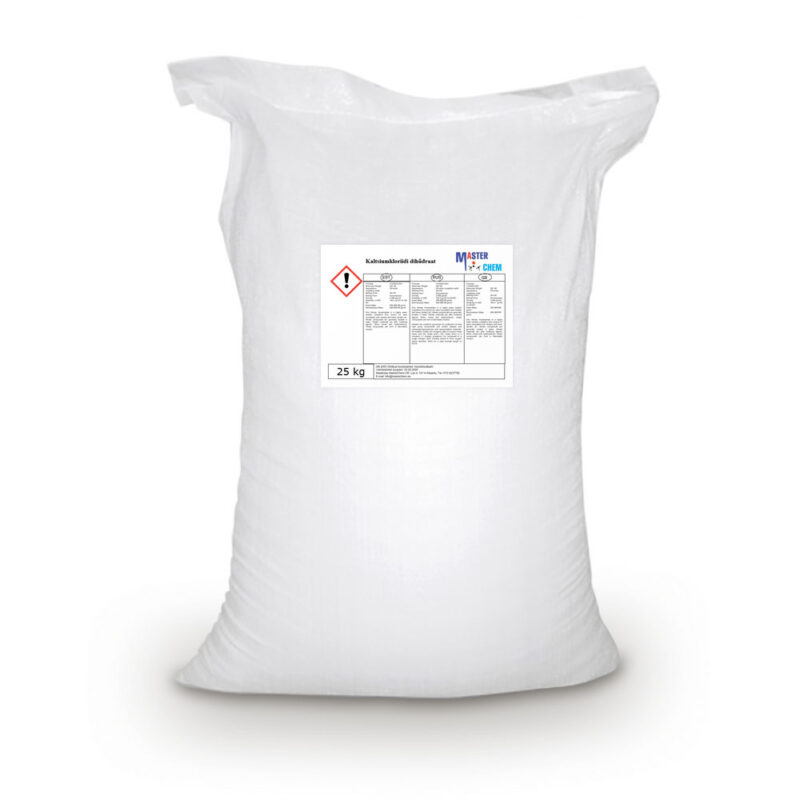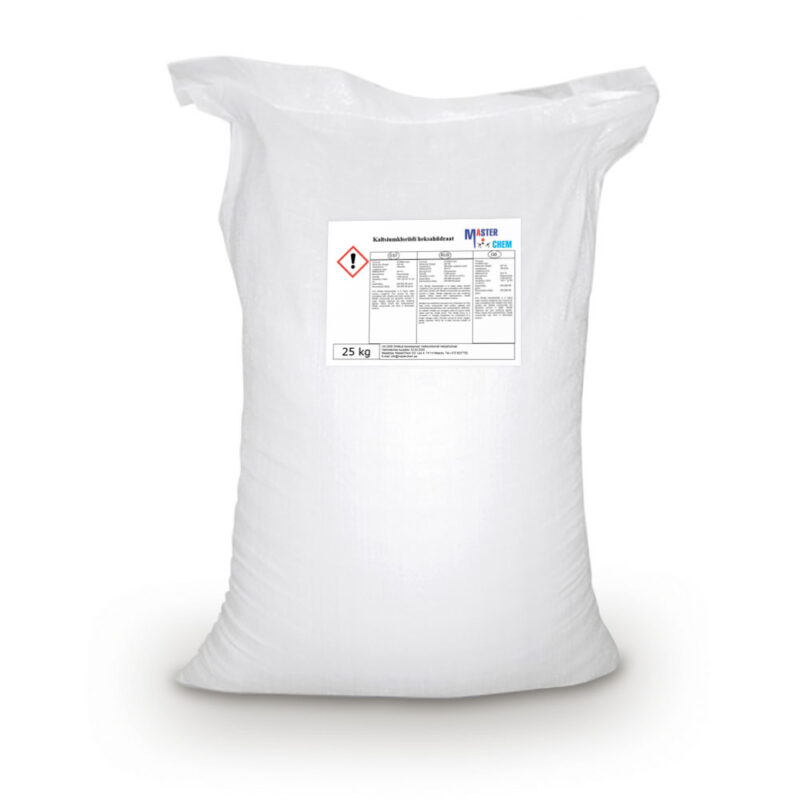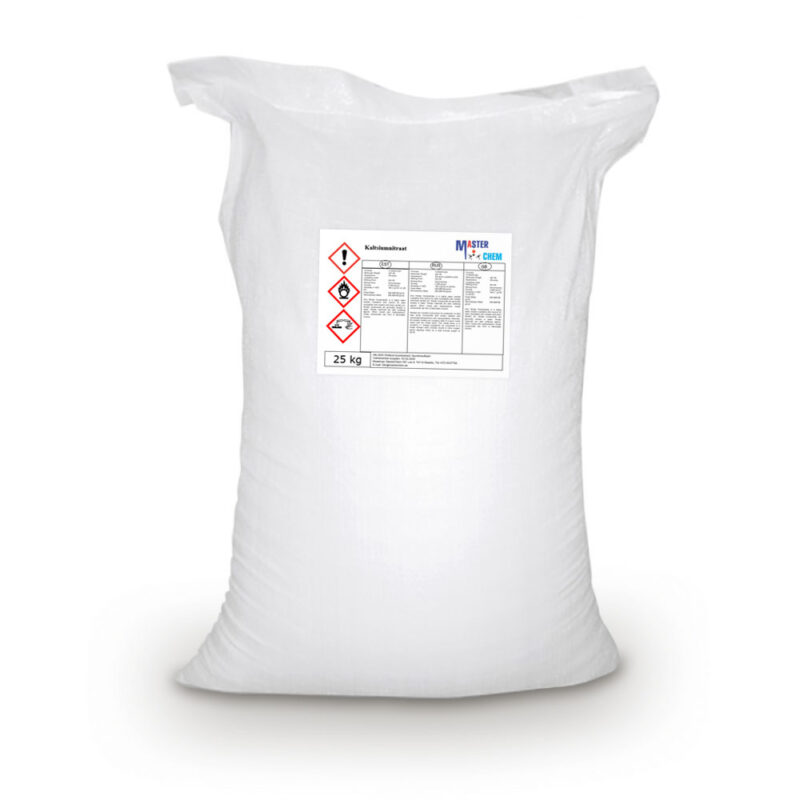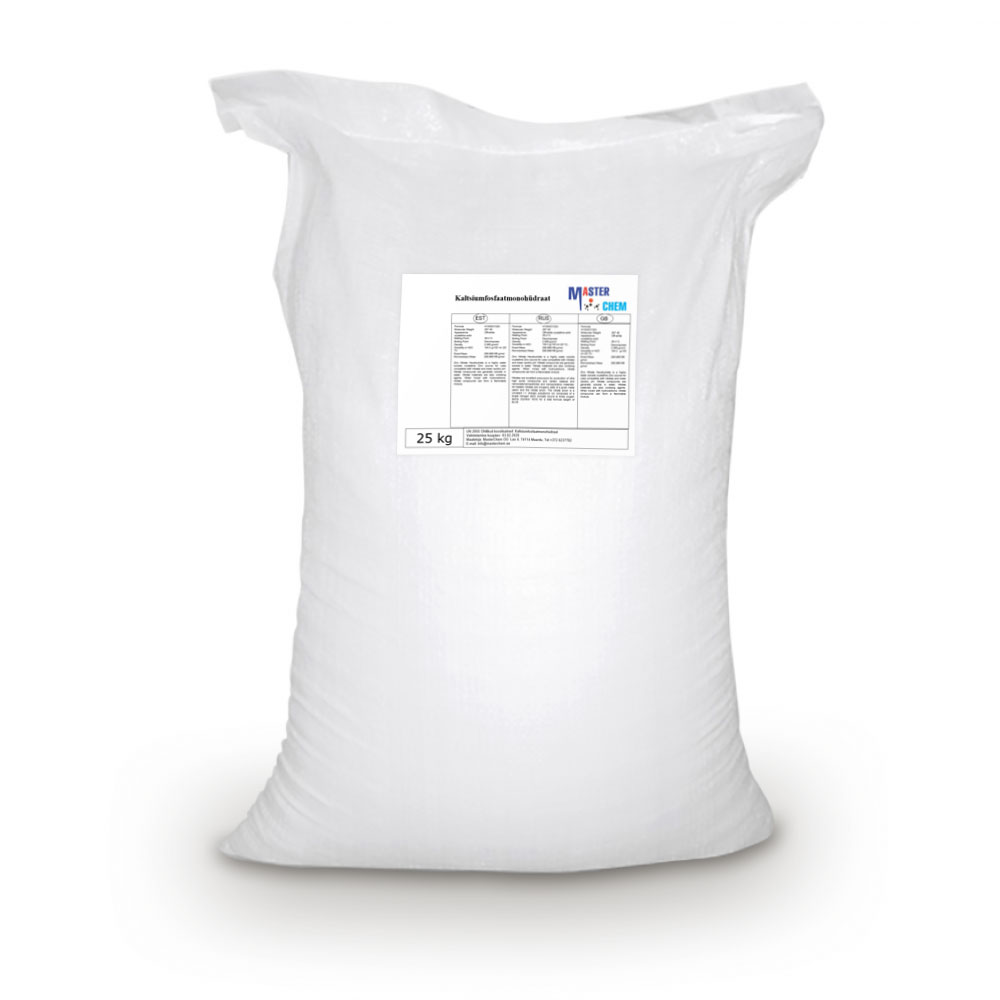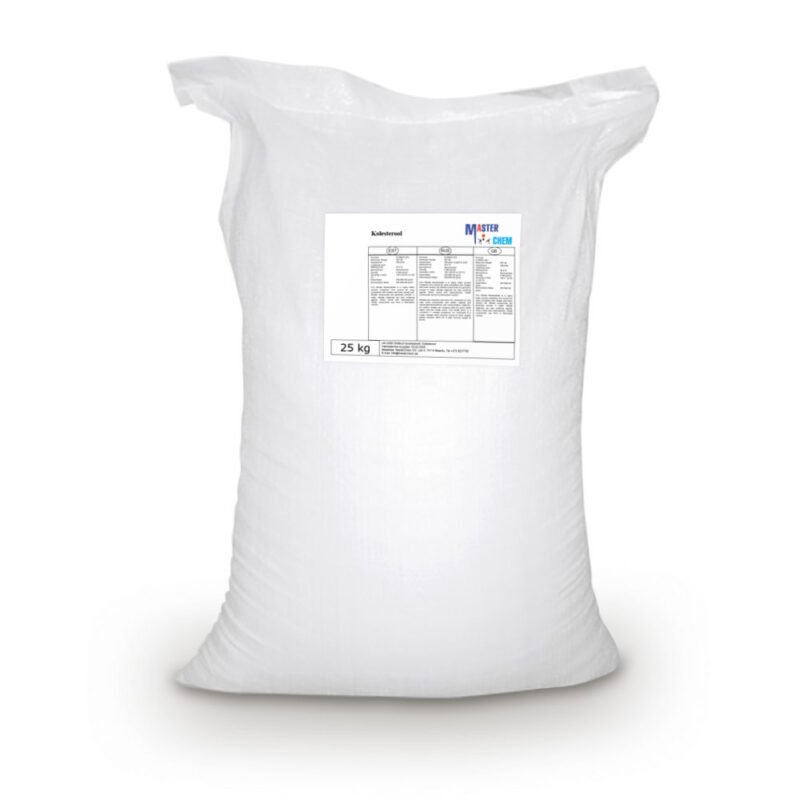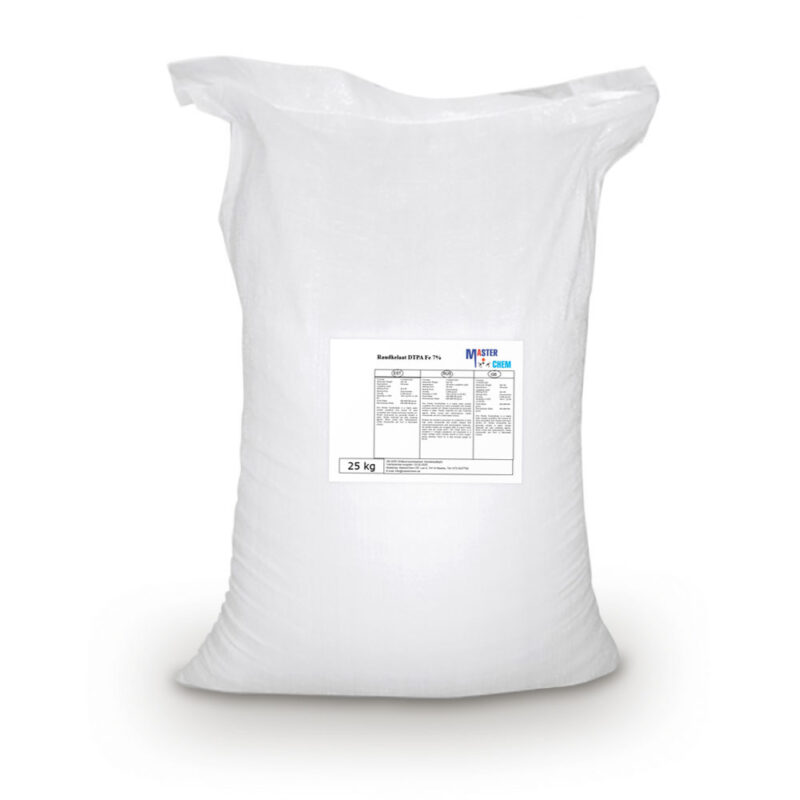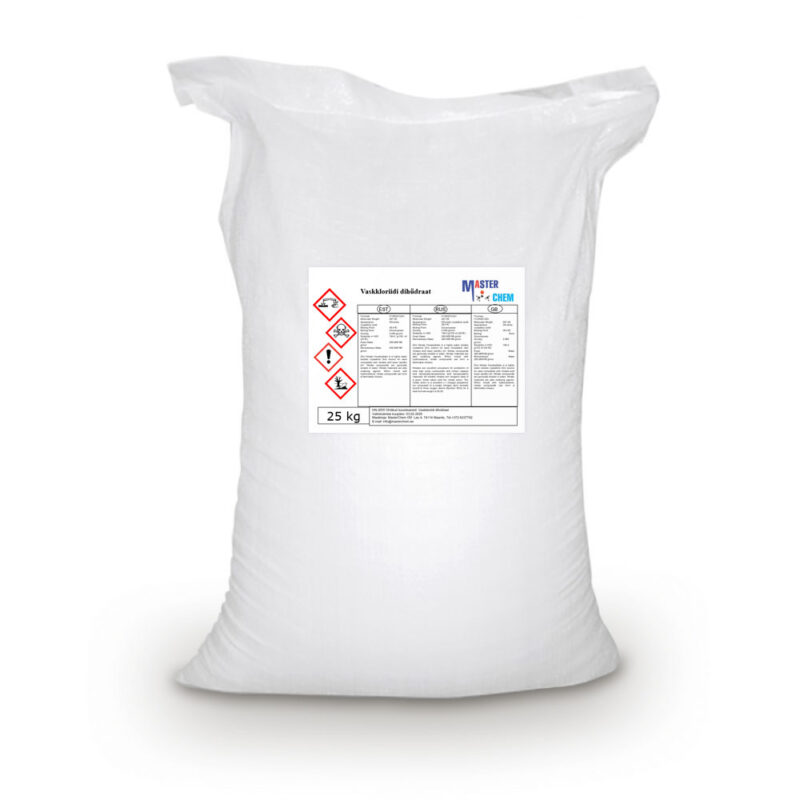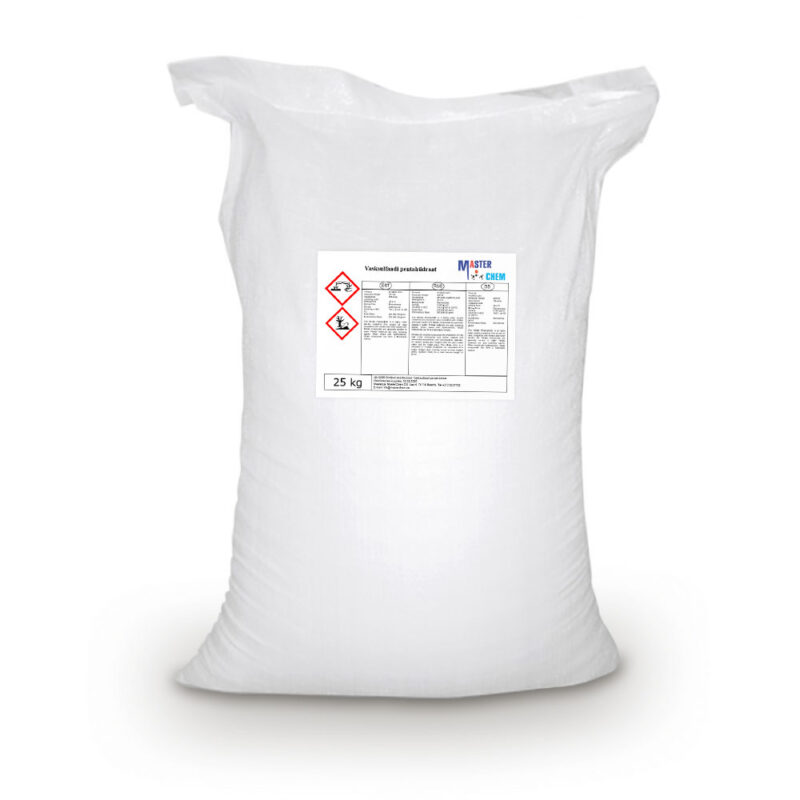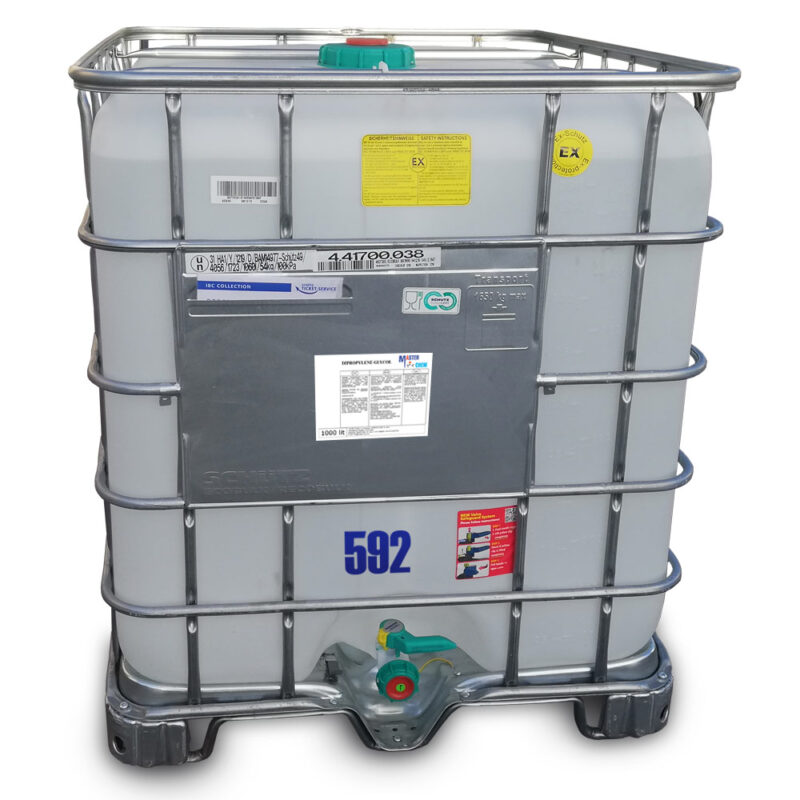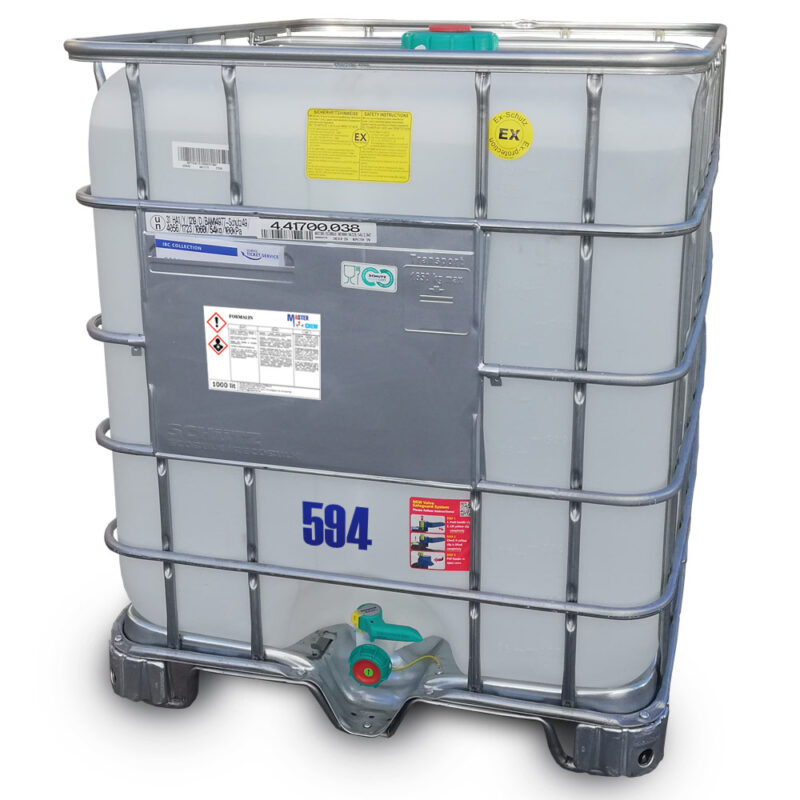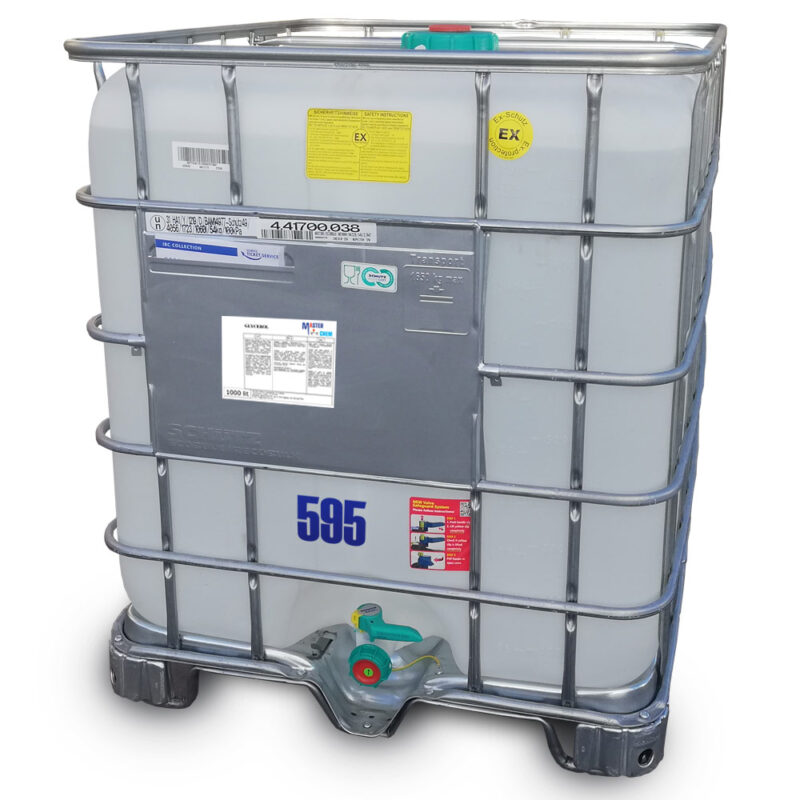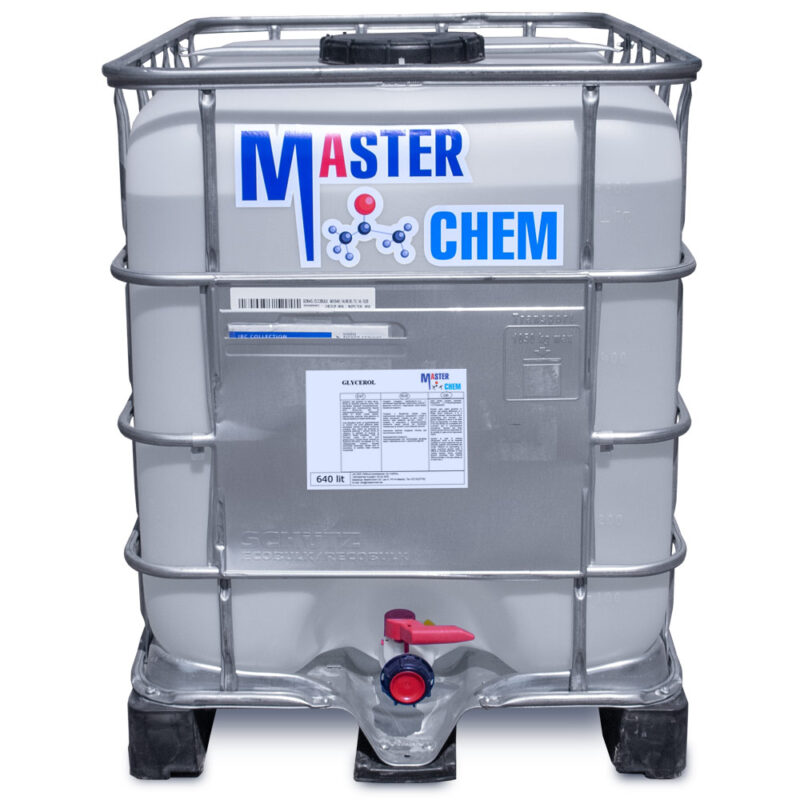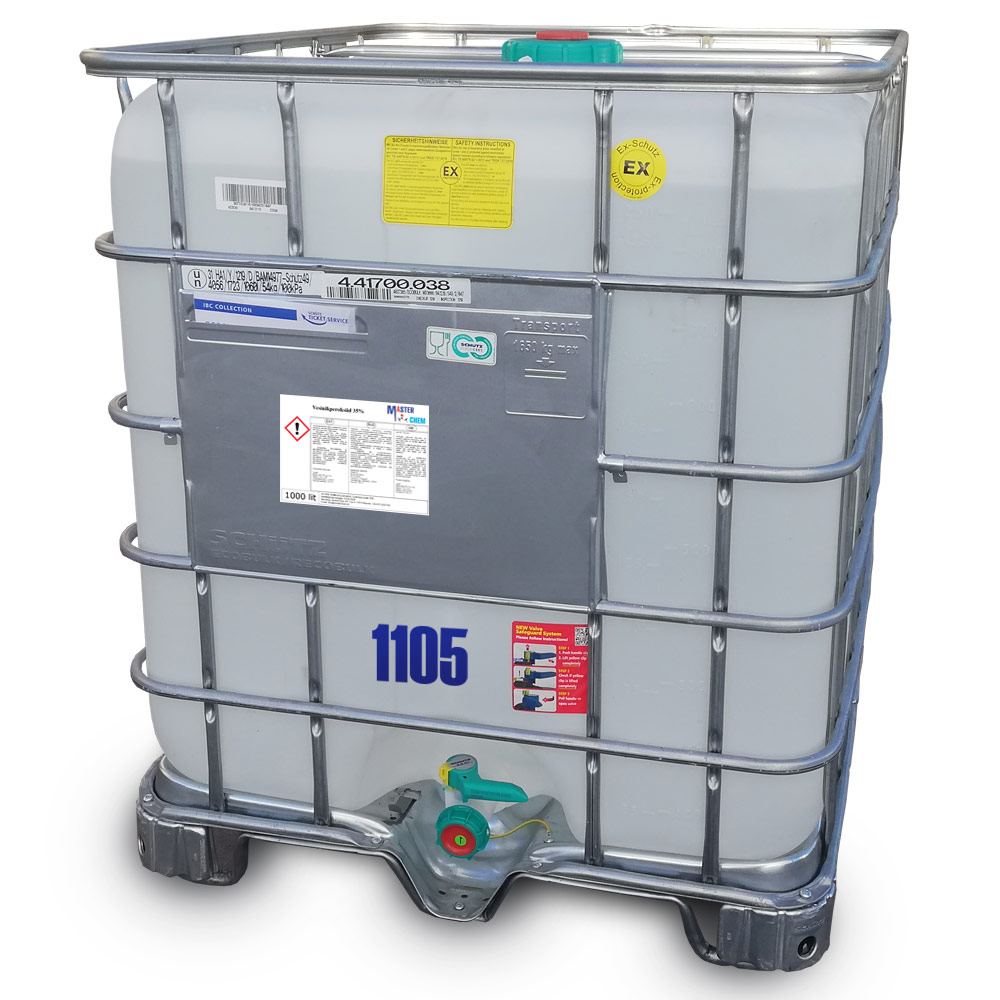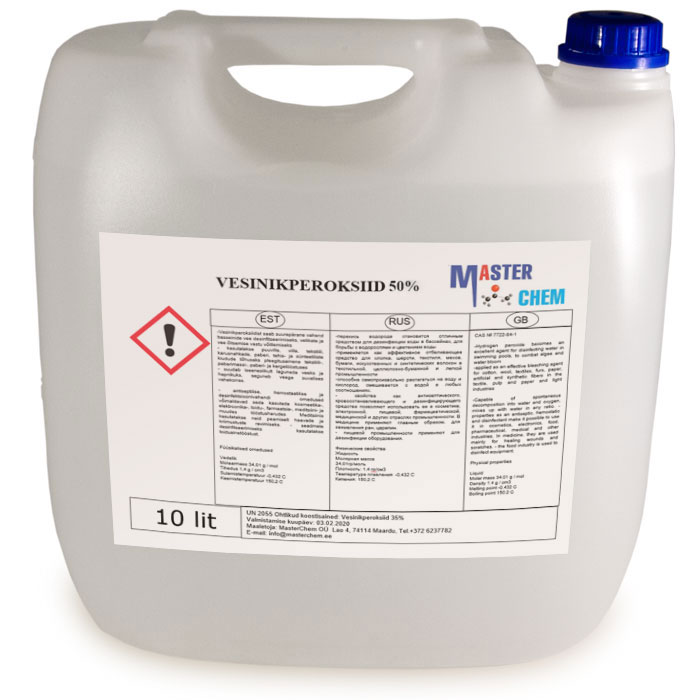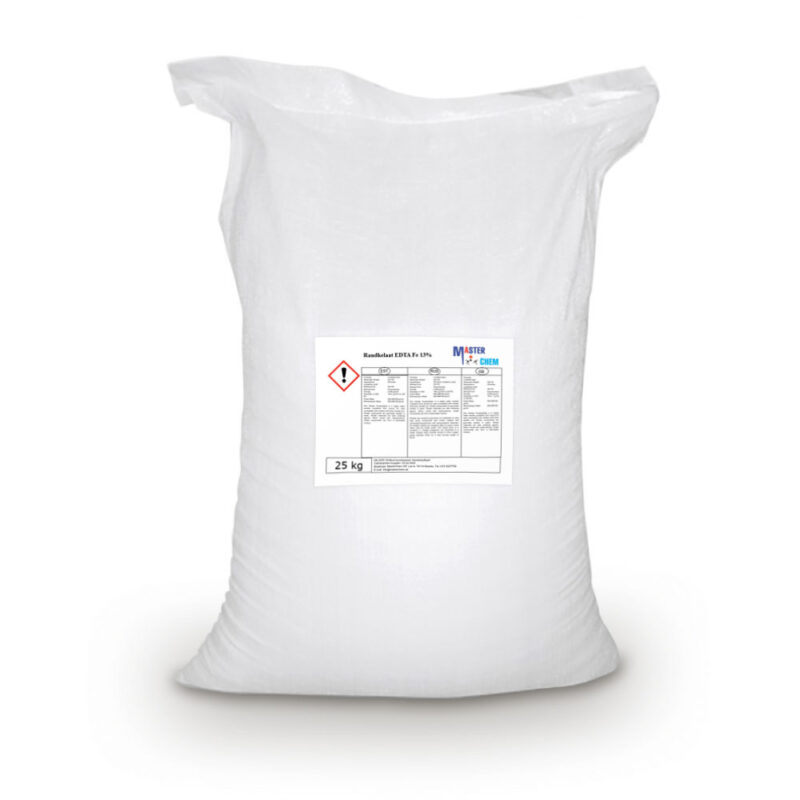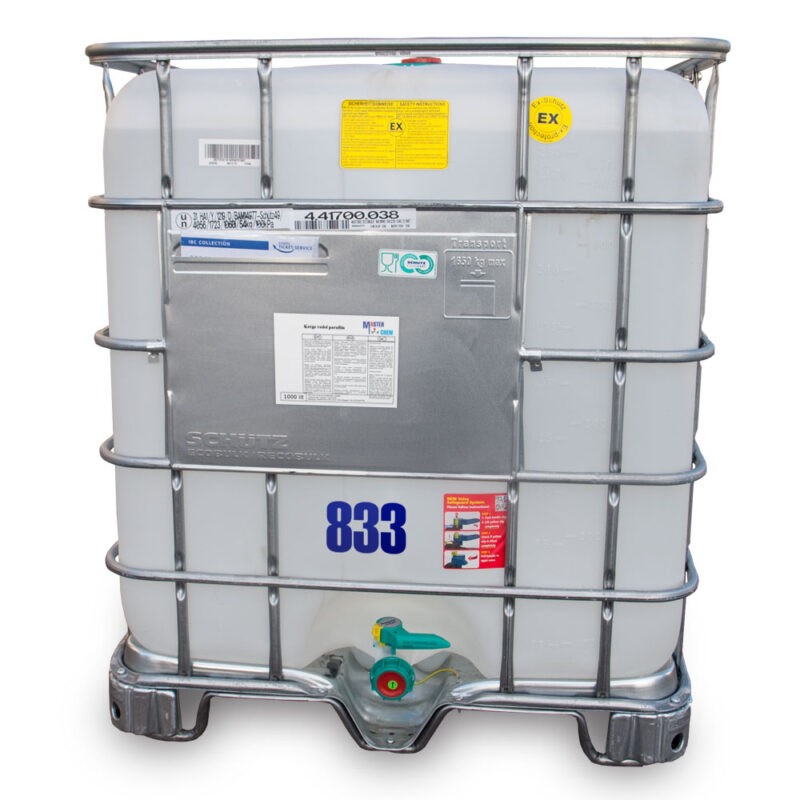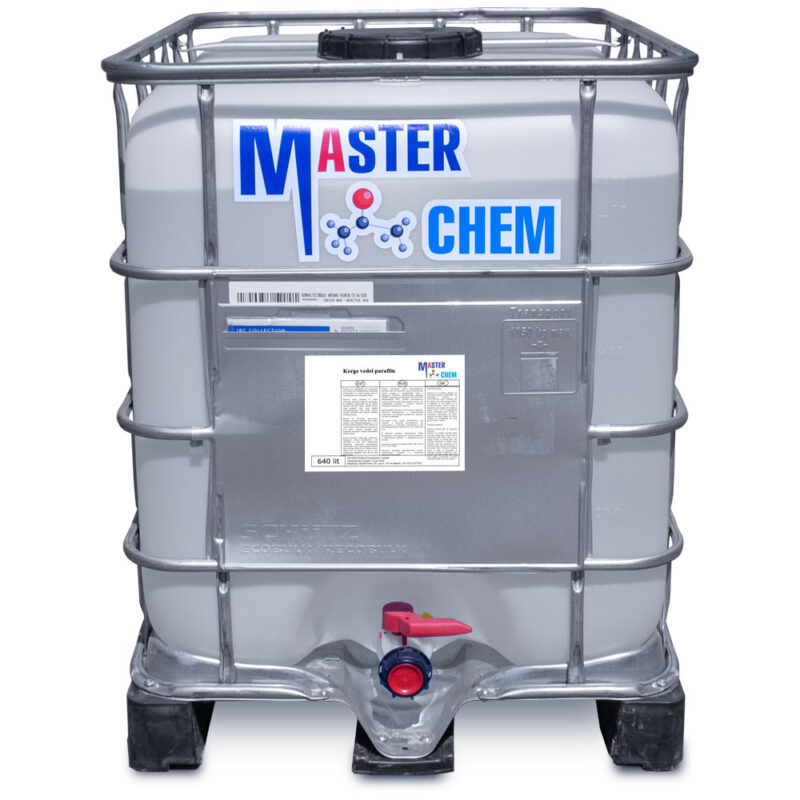Ammonium molybdate (CAS 12054-85-2)
Ammonium molybdate (CAS 12054-85-2)
Ammonium molybdate tetrahydrate (also referred to as Ammonium heptamolybdate, chemical formula: (NH4)6Mo7O24)), appearing as a colorless solid. It can be manufactured through dissolving the molybdenum trioxide in excess amount of aqueous ammonia and evaporating the solution at the room temperature. It has many applications, e.g. as an analytic reagent for measuring content of phosphates, silicates, arsenates and lead; for the production of molybdenum metal and ceramics; for the production of dehydrogenation and desulphurization catalysts; for the fixing of metals; for electroplating; supplement in the crop fertilizer; as a negative stain in biological electron microscopy; as an analgesic in medical fields.
Ammonium molybdate (CAS 13106-76-8)
Ammonium molybdate tetrahydrate (AMT) is a molybdenum salt. Study of its extraction from nickel-molybdenum (Ni–Mo) ore by direct hydrometallurgical method has been reported. Its degradation by combustion to form elemental molybdenum powder using metallic reducers has been investigated.
Ammonium sulphate (CAS 7783-20-2)
Ammonium sulfate (CAS 7783-20-2)
Ammonium sulfate (American English and international scientific usage; ammonium sulphate in British English); (NH4)2SO4, is an inorganic salt with a number of commercial uses. The most common use is as a soil fertilizer. It contains 21% nitrogen and 24% sulfur.
The primary use of ammonium sulfate is as a fertilizer for alkaline soils. In the soil the ammonium ion is released and forms a small amount of acid, lowering the pH balance of the soil, while contributing essential nitrogen for plant growth. The main disadvantage to the use of ammonium sulfate is its low nitrogen content relative to ammonium nitrate, which elevates transportation costs.
It is also used as an agricultural spray adjuvant for water-soluble insecticides, herbicides, and fungicides. There, it functions to bind iron and calcium cations that are present in both well water and plant cells. It is particularly effective as an adjuvant for 2,4-D (amine), glyphosate, and glufosinate herbicides.
Boric Acid (CAS 10043-35-3)
Boric Acid (CAS 10043-35-3)
Boric Acid (CAS 10043-35-3)
Boric acid, also called hydrogen borate, boracic acid, and orthoboric acid is a weak, monobasic Lewis acid of boron. However, some of its behaviour towards some chemical reactions suggest it to be tribasic acid in the Brønsted sense as well. Boric acid is often used as an antiseptic, insecticide, flame retardant, neutron absorber, or precursor to other chemical compounds. It has the chemical formula H3BO3 (sometimes written B(OH)3), and exists in the form of colorless crystals or a white powder that dissolves in water. When occurring as a mineral, it is called sassolite.
Boron ethanolamine (CAS 53587-44-3)
Boron ethanolamine (CAS 53587-44-3)
Boron ethanolamine is a liquid foliar fertilizer that is quickly absorbed and assimilated by the crop, rich in Boron, specially developed as a source of this element. Its application stimulates the growth of cambium tissues and apical meristems, promotes calcium mobility and assimilation, and also the production of pollen and fertilization.
Calcium chloride (CAS 10043-52-4)
Calcium chloride (CAS 10043-52-4)
Calcium chloride (CAS 10043-52-4)
Calcium chloride is an inorganic compound, a salt with the chemical formula CaCl2. It is a white coloured crystalline solid at room temperature, and it is highly soluble in water. It can be created by neutralising hydrochloric acid with calcium hydroxide.
Calcium chloride is commonly encountered as a hydrated solid with generic formula CaCl2(H2O)x, where x = 0, 1, 2, 4, and 6. These compounds are mainly used for de-icing and dust control. Because the anhydrous salt is hygroscopic, it is used as a desiccant.
Calcium chloride dihydrate (CAS 10035-04-8)
Calcium chloride dihydrate (CAS 10035-04-8)
Calcium chloride is an inorganic compound, a salt with the chemical formula CaCl2. It is a white crystalline solid at room temperature, and it is highly soluble in water. It can be created by neutralising hydrochloric acid with calcium hydroxide.
Calcium chloride is commonly encountered as a hydrated solid with generic formula CaCl2·xH2O, where x = 0, 1, 2, 4, and 6. These compounds are mainly used for de-icing and dust control. Because the anhydrous salt is hydroscopic and deliquescent, it is used as a desiccant.
Calcium chloride hexahydrate (CAS 7774-34-7)
Information Industries: Household chemicals, Fertilizers, Horticulture, Pharmaceutical industry, Building chemistry CAS number: 7774-34-7 WE number: 233-140-8 Chemical formula: CaCl2•6H2O Molar …
Calcium nitrate (CAS 10124-37-5)
Calcium nitrate (CAS 10124-37-5)
Calcium nitrate, also called Norgessalpeter (Norwegian salpeter), is an inorganic compound with the formula Ca(NO3)2(H2O)x. The anhydrous compound, which is rarely encountered, absorbs moisture from the air to give the tetrahydrate. Both anhydrous and hydrated forms are colourless salts. Calcium nitrate is mainly used as a component in fertilizers, but it has other applications. Nitrocalcite is the name for a mineral which is a hydrated calcium nitrate that forms as an efflorescence where manure contacts concrete or limestone in a dry environment as in stables or caverns. A variety of related salts are known including calcium ammonium nitrate decahydrate and calcium potassium nitrate decahydrate.
Calcium Phosphate Monohydrate (CAS 7758-23-8)
Calcium Phosphate Monohydrate (CAS 7758-23-8)
Monocalcium phosphate is an inorganic compound with the chemical formula Ca(H2PO4)2 (“AMCP” or “CMP-A” for anhydrous monocalcium phosphate). It is commonly found as the monohydrate (“MCP” or “MCP-M”), Ca(H2PO4)2·H2O. Both salts are colourless solids. They are used mainly as superphosphate fertilizers and are also popular leavening agents.
Other names
Acid calcium phosphate
Calcium acid phosphate
Calcium diorthophosphate
Calcium biphosphate
Calcium superphosphate
Monobasic calcium phosphate
Monocalcium orthophosphate
Phosphoric acid, calcium salt (2:1)
Cholesterol (CAS 57-88-5)
Cholesterol (CAS 57-88-5)
Cholesterol (from the Ancient Greek chole- (bile) and stereos (solid), followed by the chemical suffix -ol for an alcohol) is an organic molecule. It is a sterol (or modified steroid), a type of lipid. Cholesterol is biosynthesized by all animal cells and is an essential structural component of animal cell membranes. It is a yellowish crystalline solid.
Cholesterol also serves as a precursor for the biosynthesis of steroid hormones, bile acid and vitamin D. Cholesterol is the principal sterol synthesized by all animals. In vertebrates, hepatic cells typically produce the greatest amounts. It is absent among prokaryotes (bacteria and archaea), although there are some exceptions, such as Mycoplasma, which require cholesterol for growth.
François Poulletier de la Salle first identified cholesterol in solid form in gallstones in 1769. However, it was not until 1815 that chemist Michel Eugène Chevreul named the compound “cholesterine”.
Citric acid (CAS 77-92-9)
Citric acid is a weak organic acid that has the chemical formula C6H8O7
It occurs naturally in citrus fruits. In biochemistry, it is an intermediate in the citric acid cycle, which occurs in the metabolism of all aerobic organisms.More than two million tons of citric acid are manufactured every year. It is used widely as an acidifier, as a flavoring and a chelating agent.
CAS: 77-92-9
Citric Acid Monohydrate (CAS 5949-29-1)
Citric Acid Monohydrate (CAS 5949-29-1)
Citric Acid Monohydrate is a tricarboxylic acid found in citrus fruits. Citric acid is used as an excipient in pharmaceutical preparations due to its antioxidant properties. It maintains stability of active ingredients and is used as a preservative. It is also used as an acidulant to control pH and acts as an anticoagulant by chelating calcium in blood.
Copper chelate EDTA 15% (CAS 14025-15-1)
Copper chelate EDTA 15% (CAS 14025-15-1)
Copper chelate EDTA 15% is a chelated single micronutrient fertilizer of high purity. Thanks to its unique patented raspberry-shaped microgranule, it is dust free, easy flowing and it dissolves rapidly. It is recommended to cure Copper deficiency on all crops.
– Suitable for organic farming in compliance with European Regulation (EU) 2018/848
– Cures Copper deficiency – shown as curled – small new leaves
– Copper 100% chelated and fully available up to a pH of 9
– Developed for foliar application. Also suitable for fertigation in open field and greenhouses
– Soft for leaf tissue
Copper chloride dihydrate (CAS 10125-13-0)
Copper chloride dihydrate (CAS 10125-13-0)
Copper(II) chloride is the chemical compound with the chemical formula CuCl2. The anhydrous form is yellowish brown but slowly absorbs moisture to form a blue-green dihydrate.
Both the anhydrous and the dihydrate forms occur naturally as the very rare minerals tolbachite and eriochalcite, respectively.
Copper Sulphate Pentahydrate (CAS 7758-99-8)
Copper Sulphate Pentahydrate (CAS 7758-99-8)
Copper(II) sulfate, also known as copper sulphate, are the inorganic compounds with the chemical formula CuSO4(H2O)x, where x can range from 0 to 5. The pentahydrate (x = 5) is the most common form. Older names for this compound include blue vitriol, bluestone, vitriol of copper, and Roman vitriol.
The pentahydrate (CuSO4·5H2O), the most commonly encountered salt, is bright blue. It exothermically dissolves in water to give the aquo complex [Cu(H2O)6]2+, which has octahedral molecular geometry. The structure of the solid pentahydrate reveals a polymeric structure wherein copper is again octahedral but bound to four water ligands. The Cu(II)(H2O)4 centers are interconnected by sulfate anions to form chains. Anhydrous copper sulfate is a light grey powder.
Dipropylene glycol (CAS 110-98-5)
Other names: Dipropylene glycol, 4-Oxa-1,6-hexandiol, 1,1′-Oxybis(1-propanol), 1,1′-Oxybis(2-propanol)
Dipropylene glycol is a mixture of three isomeric chemical compounds, 4-oxa-2,6-heptandiol, 2-(2-hydroxy-propoxy)-propan-1-ol, and 2-(2-hydroxy-1-methyl-ethoxy)-propan-1-ol. It is a colorless, nearly odorless liquid with a high boiling point and low toxicity.
CAS 110-98-5
Formalin (CAS 50-00-0)
Formaldehyde (systematic name methanal), is a naturally occurring organic compound with the formula CH2O (H-CHO). It is the simplest of the aldehydes (R-CHO). The common name of this substance comes from its similarity and relation to formic acid.
Formaldehyde is an important precursor to many other materials and chemical compounds. In 1996, the installed capacity for the production of formaldehyde was estimated to be 8.7 million tons per year. It is mainly used in the production of industrial resins, e.g., for particle board and coatings.
CAS: 50-00-0
Glycerine (CAS 56-81-5)
Glycerine (CAS 56-81-5)
Other names: Glycerin, Glycerine, Propanetriol, 1,2,3-Trihydroxypropane, 1,2,3-Propanetriol
Glycerine also called glycerol, is a simple polyol compound. It is a colorless, odorless, viscous liquid that is sweet-tasting and non-toxic. The glycerine backbone is found in lipids known as glycerides. Due to having antimicrobial and antiviral properties it is widely used in FDA approved wound and burn treatments. Conversely, it is also used as a bacterial culture medium. It can be used as an effective marker to measure liver disease. It is also widely used as a sweetener in the food industry and as a humectant in pharmaceutical formulations. Owing to the presence of three hydroxyl groups, glycerine is miscible with water and is hygroscopic in nature.
CAS: 56-81-5
Glycerol (CAS 56-81-5)
Other names: Glycerin, Glycerine, Propanetriol, 1,2,3-Trihydroxypropane, 1,2,3-Propanetriol
Glycerol (also called glycerine or glycerin; see spelling differences) is a simple polyol compound. It is a colorless, odorless, viscous liquid that is sweet-tasting and non-toxic. The glycerol backbone is found in all lipids known as triglycerides. It is widely used in the food industry as a sweetener and humectant and in pharmaceutical formulations. Glycerol has three hydroxyl groups that are responsible for its solubility in water and its hygroscopic nature.
CAS: 56-81-5
Hydrogen peroxide 50% (CAS 7722-84-1)
CAS № 7722-84-1
Hydrogen peroxide 50%
– colorless liquid with a metallic taste, easily soluble in water, alcohol and ether
Application
-Hydrogen peroxide becomes an excellent agent for disinfecting water in swimming pools, to combat algae and water bloom
-applied as an effective bleaching agent for cotton, wool, textiles, furs, paper, artificial and synthetic fibers in the textile, pulp and paper and light industries
-Capable of spontaneous decomposition into water and oxygen, mixes up with water in any ratio. – properties as an antiseptic, hemostatic and disinfectant make it possible to use it in cosmetics, electronics, food, pharmaceutical, medical and other industries. In medicine, they are used mainly for healing wounds and scratches. – the food industry is used to disinfect equipment.
Iron chelate DTPA Fe 7% (CAS 85959-68-8)
Iron chelate DTPA Fe 7% (CAS 85959-68-8)
Iron chelate DTPA Fe 7% is an iron chelate, which can be used to ensure the intake of the trace element iron. Iron is essential to the crop, since it gives the crop the possibility to develop chloroplasts. These presence of the chloroplasts is crucial, because they are needed in the process of photosynthesis. In addition, iron serves as a nutrient that lets the growth points in the root develop properly.
Thanks to the DTPA chelate, to which he iron is bound, the nutrient remains available to the crop when it reaches the roots or when it is put in the fertilizer solution. With the help of iron chelates, symptoms of deficiency can be prevented, contributing to an optimal growth of the plant.
Iron chelate EDTA Fe 13% (CAS 15708-41-5)
Iron chelate EDTA Fe 13% (CAS 15708-41-5)
Introduction: EDTA ferric sodium salt is the ferric sodium salt of EDTA (Ethylene Diamine Tetraacetic Acid). It is a broad-spectrum molluscicide that is capable of killing snails and slugs and protecting agricultural crops and garden plants. In particular, it can eliminate infestations of Cornu aspersum, the common garden snail. It takes effect through interacting with and destroying hemocyanin, a copper based compound existing in the blood of molluscs and anthropods that is engaged in carrying oxygen (play a similar role with hemoglobin invertebrates). It is capable of killing snails and slugs in a few days. It can also be used as a food fortifier and a source of iron to be supplemented to the foods for nutrition purposes.
Light liquid paraffin (CAS 8042-47-5)
Light liquid paraffin (CAS 8042-47-5)
Light Liquid Paraffin Oil Ip is used in the manufacture of Antistatic Coning oil, Knitting oil & other Textile Auxiliaries, Plant Spray Oil, Agrochemicals, Aerosols, Dye Intermediates, Paper Industry; Perfumery, Food Grade Speciality Lubricants, Food Grade Plastics used as a Lubricant Plasticizer, Attars, Flavours & Fragrances, Perfumery Chemicals, Speciality Chemicals, Incenses, Personal Care Products, Leather Chemicals, Fat Liquors, Petrochemical Solvents, etc. It may also be used in the manufacture of Pharmaceuticals and Cosmetic Products like Creams, Lotions, Perfumery Industry, Bulk Drugs & Food Industry etc.

